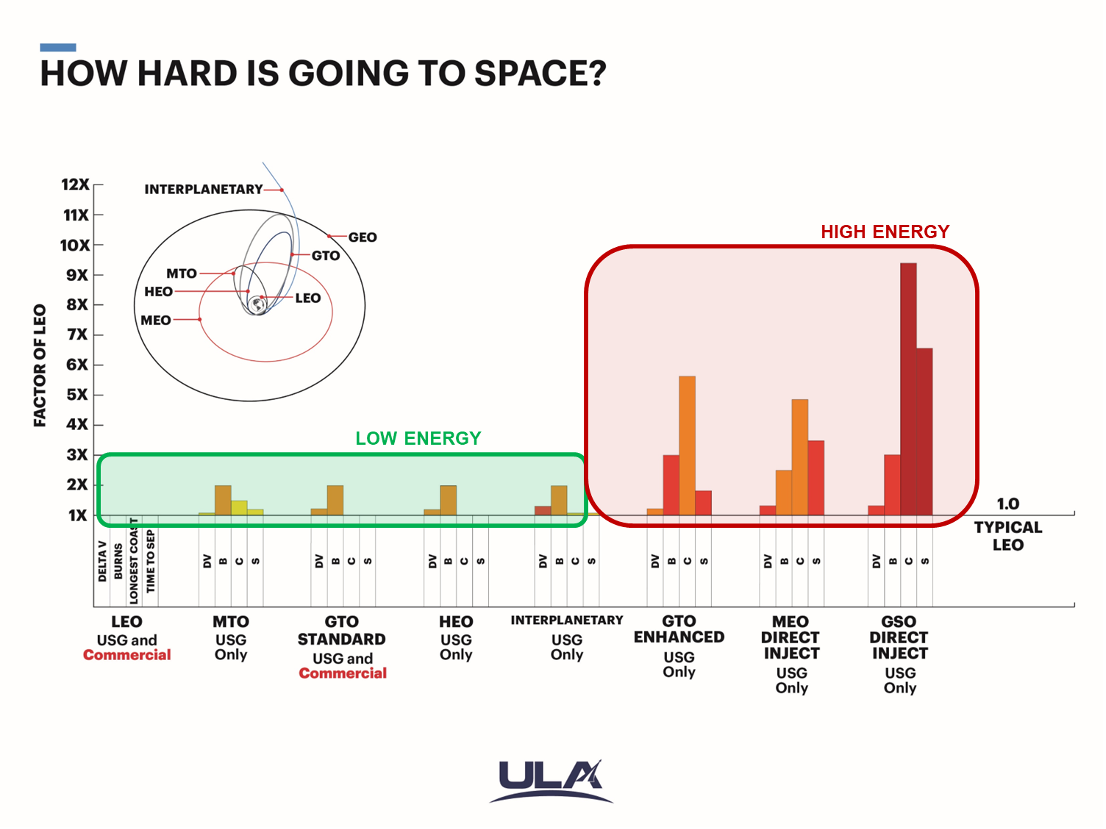Nothing to do with the president. The military wants more than one launch provider, a decision I am entirely in accordance with. At the moment ULA are the only viable option to provide this alternative launch provider. Most arguments I’ve seen to support an effective monopoly of the market by Space X have supported these statements with mistaken arguments about other launch providers out there at the moment.
First of all, as you correctly assert, ULA (and Vulcan) aren’t going away anytime soon as Vulcan won 60% of the last 5 year block buy and has 18 launches contracted for Kuiper. The most likely ULA exit would be after that block buy expires several years in the future, by which time there will likely be at least one other medium lift rocket, if not multiple ones IMHO. The likelihood of a SpaceX monopoly is pretty small in my opinion, at least for medium category launchers, which is a very different situation from when I worked EELV 2010-12.
When ULA held their monopoly there were only two potential competitors, the Orbital Antares and SpaceX Falcon 9, neither of which in their early versions could match the performance of EELV, much less meet all of the reference orbits. Also, there was no way for a new entrant to compete for launches. The new entrant piece was solved while I was at the program office, and as mentioned before I reviewed and help craft the certification guide.
The situation today is much different as there are several companies developing medium class rockets; NG Antares 300, Firefly Beta, Relativity TerranR, Rocket Lab Neutron and BO New Glenn (which can also meet the heavy category) just to name a few. There might not be sufficient commercial demand for all to succeed, but it is highly likely that more than one will. Also, since the launch SPO recently allowed new entrants to only meet the reference orbits for the launches they wish to compete, that makes competition much easier as they don’t have to develop capabilities to meet all reference orbits. It also makes a lot of sense since the vast majority of NSS launches are of the medium category.
If Vulcan goes away, SpaceX could gain a monopoly for heavy launches if New Glenn doesn’t succeed. However, that market is so small there’s only been a single heavy lift vehicle for a long time. If SpaceX was the only company with a heavy lift capability, then it’s very likely they would have two vehicles that could meet that capability when the block buy expires. That’s a much better situation than most of the recent past.
Honestly this situation, or better yet risk, feels an awful like the one we carried for the RD-180 when I overhauled the SPO’s risk management plan. Back in the 2010/11 time frame we carried the risk of the discontinuation of the Russian engines. Appropriate mitigations were taken among which was new entrants, AR-1 development, and a stockpile of RD-180’s. When the RD-180’s did become not allowed there already was several years of work that prevented it from becoming a crises.
So, the premise that SpaceX would become the monopoly provider in the near future is pretty slim IMHO. Given that SpaceX blazed the path for much lower launch costs through reusability and through their success showed everyone else how it could be done. It’s pretty likely at least one fast follower will arise since they know now what works. This probably won’t happen this year or next, but almost certainly by the end of the decade IMHO. Given the timeline, there’s plenty of time for the Space Force to throw money at one of these competitors if ULA and Vulcan look sick.
My $0.02, your mileage may vary.

 medium.com
medium.com
